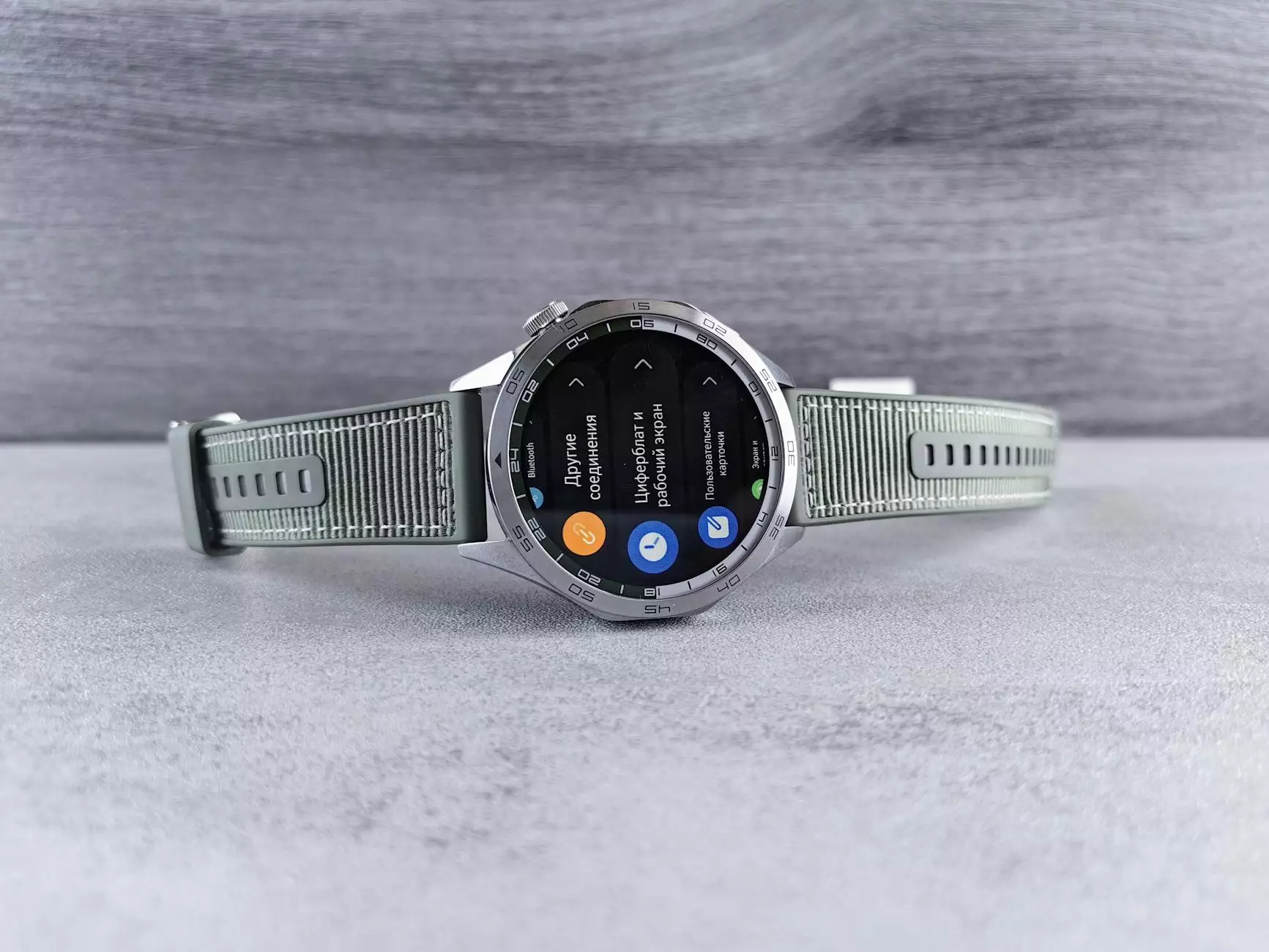Understanding Foot Gait Analysis: A Comprehensive Guide

Foot gait analysis is a vital assessment tool used to evaluate and understand the mechanics of how individuals walk. This analysis provides crucial insights into foot health, injury prevention, and performance enhancement. In this in-depth guide, we will explore the various aspects of foot gait analysis, its significance in the health and medical fields, and the role of podiatrists in this process.
What is Foot Gait Analysis?
Foot gait analysis is a detailed study of the way a person walks or runs. It involves observing the motion and mechanics of the feet and legs to identify any abnormalities or inefficiencies. By analyzing gait patterns, healthcare professionals can determine the optimal strategies for correcting issues and improving overall foot health.
Why is Foot Gait Analysis Important?
Foot gait analysis serves several important functions, including:
- Injury Prevention: Identifying improper gait can help prevent injuries like sprains, fractures, and tendonitis.
- Rehabilitation: It provides insights during the recovery process, allowing for tailored rehabilitation strategies.
- Performance Improvement: Athletes can enhance their performance by optimizing their gait mechanics.
- Foot Health Assessment: Understanding how weight is distributed and how the foot interacts with the ground can lead to better foot care solutions.
The Mechanics of Walking: Understanding Gait Cycle
The gait cycle is a series of phases that occur during walking, which can be broken down into two major components:
- Stance Phase: This is the period when the foot makes contact with the ground, comprising approximately 60% of the gait cycle. It includes initial contact, loading response, mid-stance, terminal stance, and pre-swing.
- Swing Phase: This phase makes up about 40% of the gait cycle during which the foot is in the air and not in contact with the ground, allowing the leg to move forward.
Phases of Gait Analysis
During foot gait analysis, a detailed observation of each phase is crucial:
- Initial Contact: This phase marks the beginning of the stance phase where the heel strikes the ground.
- Loading Response: The body absorbs shock, and weight is transferred onto the stance leg.
- Mid Stance: The body balances as it stands on one leg, transferring weight.
- Terminal Stance: The heel lifts off, preparing for the swing phase.
- Pre-Swing: The other leg prepares to take over as the stance foot begins to lift off.
- Initial Swing: The swing leg moves forward, leading to the next foot's contact.
- Mid Swing: Continued forward motion of the swing leg as it passes the stance leg.
- Terminal Swing: The swing leg prepares for the next heel strike.
Tools and Techniques for Foot Gait Analysis
Several techniques and technologies have been developed to conduct effective foot gait analysis. They include:
- Visual Observation: Trained professionals observe gait in a clinical setting.
- 3D Motion Capture: High-tech systems capture full-body motion as patients walk or run on a treadmill.
- Pressure Mapping: Special mats that measure pressure distribution under the feet while walking.
- Video Analysis: Using slow-motion video to analyze detail and correct imperfections in gait.
Benefits of Advanced Gait Analysis Technology
The advent of technology in foot gait analysis has revolutionized how assessments are conducted. Key benefits include:
- Precision: Advanced tools provide precise measurements of kinematics and kinetic data.
- Data-Driven Insights: Quantifiable data allows for more informed decision-making.
- Custom Solutions: Tailored recommendations and orthotics based on individual gait abnormalities.
Role of Podiatrists in Foot Gait Analysis
Podiatrists play an essential role in the foot gait analysis process. Their expertise allows them to:
- Diagnose Conditions: Identify underlying conditions that affect gait.
- Develop Treatment Plans: Create personalized plans to address the issues revealed by the analysis.
- Implement Preventative Strategies: Suggest lifestyle changes, exercises, and footwear recommendations.
- Monitor Progress: Regular follow-ups to assess improvements and adjust treatment plans accordingly.
Common Gait Abnormalities and Their Impact
Many individuals exhibit different types of gait abnormalities, which can lead to various complications. Common issues include:
- Overpronation: Excessive inward rolling of the foot, which may lead to injuries in the knees, hips, or lower back.
- Supination: Under-pronation can result in insufficient shock absorption, stressing the foot and ankle.
- Flat Feet: Results in reduced arch support and can cause increased stress on joints.
- High Arches: Can lead to instability during walking or running, causing pain.
How to Prepare for a Foot Gait Analysis
For those planning to undergo foot gait analysis, preparation can enhance the effectiveness of the assessment:
- Wear Comfortable Clothing: Loose-fitting clothes that allow for a full range of motion.
- Choose Proper Footwear: Bring appropriate shoes that you normally wear during physical activity.
- Stay Hydrated: Proper hydration can aid in overall performance during the assessment.
Integrating Foot Gait Analysis into Your Foot Care Routine
Incorporating foot gait analysis into your regular foot care routine can significantly improve your overall health. Here’s how:
- Regular Assessments: Schedule routine gait analysis with a podiatrist.
- Footwear Choices: Choose shoes based on gait results to optimize comfort and support.
- Customized Orthotics: Utilize orthotic devices as prescribed to correct gait abnormalities.
- Stay Active: Engage in exercises recommended by your healthcare provider to strengthen foot and leg muscles.
Conclusion: Embracing the Importance of Foot Gait Analysis
In conclusion, foot gait analysis is an invaluable tool in diagnosing and mitigating foot-related issues. It enhances not only foot health but overall physical performance and well-being. Whether you are an athlete striving for peak performance or an individual seeking to alleviate pain and prevent injuries, embracing the principles of foot gait analysis can significantly improve your quality of life.
For comprehensive assessments and personalized foot care solutions, consider visiting The Foot Practice. Our experienced podiatrists are committed to enhancing your foot health through meticulous gait analysis and tailored treatment strategies.



